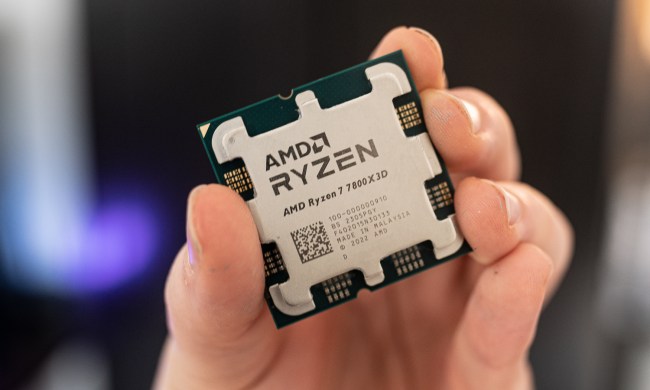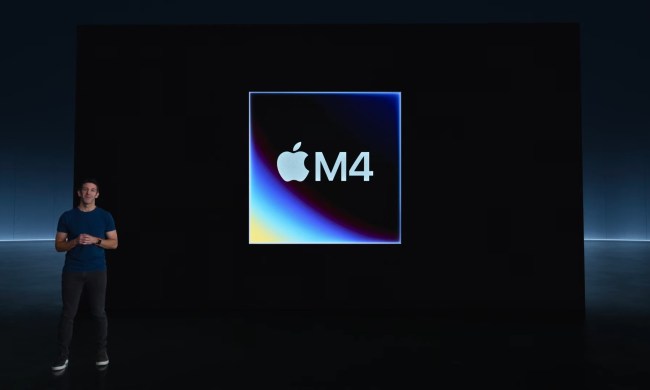
The story starts around the end of 2014, when Seth Morabito bought his first home in Kitsap County, Washington. Morabito is a programmer who works from home, so on the short list of needs for a house was consistent access to broadband Internet. Before purchasing the house, he called both Comcast Business and Xfinity to ensure he could get the connection he needed to get his work done without issues. Both companies told him it wouldn’t be an issue, and even mentioned that a previous tenant had Comcast service before, so the setup would be easy. At the end of January, ready to take up residence in his first home, Morabito scheduled Xfinity to come out and hook up his cable, but that’s where the trouble started.
The first tech to arrive noted that what appeared to be a cable box on the side of the home was actually for a satellite connection, the dish for which had been taken down long ago. The tech put in a request to have a new line run from the road to the house, and then left. What followed was an almost comedic — if it wasn’t so tragic — train of installation techs who had no idea what was going on, apologetic customer service reps that didn’t manage to help at all, and quotes in the $50,000-$60,000 range to get Internet running to the house. Eventually, he was told outright that Comcast wouldn’t be providing service to his home. They wouldn’t pay for it, they wouldn’t let him pay for it, and there wouldn’t be any more consideration. If you want to see the exact dates and conversations, he presented his records of the process on his site, along with some answers to questions a lot of people have already asked.
Having exhausted his options, Morabito is faced with selling his brand new home. With only three months of equity on the home, chances are selling it would result in a loss after fees and taxes, plus the time and money spent on finding a new home and moving into it. It’s a cost he’d surely wish he could pass on to Comcast, although it isn’t clear if he has any sort of recourse. Users in the comments on his blog have suggested that next time he get a contract ahead of time that ensures he’ll have access to Internet, or he can back out of the sale. It takes the risk off for next time, but it may be too late to save his first home, which he said “met all of our criteria, and more” complete with a “lovely secluded view of trees, a nice kitchen, and a great home office with a separate entrance.”
He doesn’t mince words when it comes to the experience, stating simply that “throughout this process, Comcast has lied. I don’t throw that word around lightly or flippantly, I mean it sincerely. They’ve fed me false information from the start, and it’s hurt me very badly.” It certainly isn’t the first time Comcast has lied to tried and bring in a new customer, or keep one from leaving, but in this case it has a far more serious consequence than hurt feelings. Morabito still isn’t quite sure how to resolve the situation, but for now he’s relying on an expensive Verizon hotspot with a bandwidth cap that’s too low to get his work done, opting instead for the Wi-Fi at his local Starbucks when he needs to make a big transfer. Hopefully the attention he’s receiving on his post will convince Comcast to take a look at their recently revised customer service standards to figure out whether it actually made a difference.


